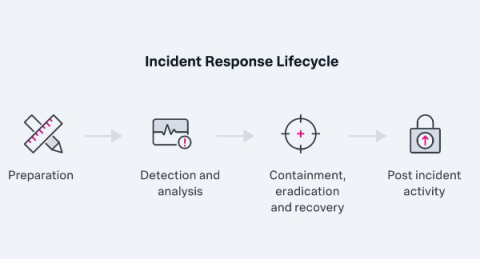Next-Gen Incident Management: Blueprints for High-Powered Incident Response
Join us for an exclusive webinar designed for IT Operations leaders, SREs, DevOps & software engineering leaders, featuring Jim Gochee, CEO of Blameless, Ken Gavranovic, COO of Blameless, and Nick Mason, Principal Sales Engineer at Blameless. Uncover the technical scaffolding essential to propel your incident management strategy forward, faster. Dive deep into the core technical components vital for a robust incident response framework, and discover firsthand how Generative AI can dramatically save hours for your team during critical incidents.











